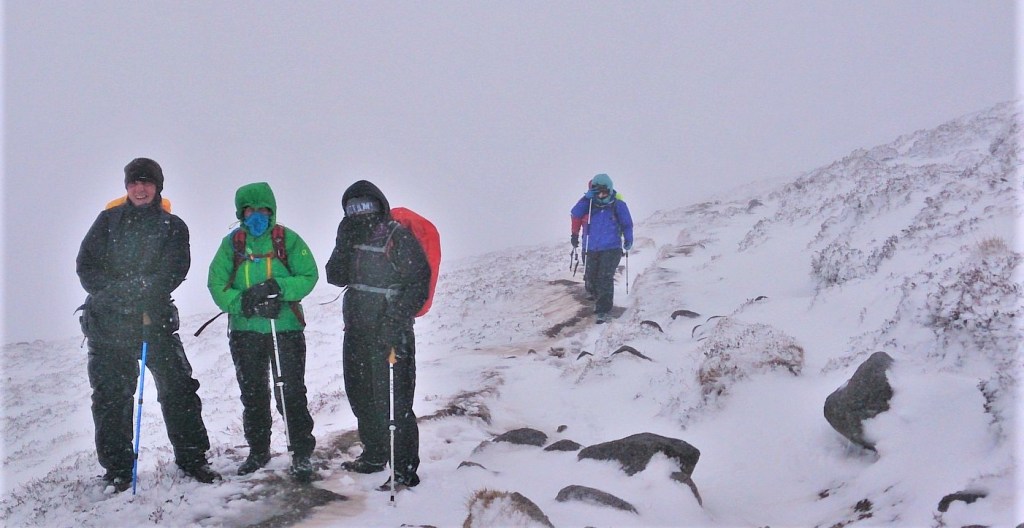What you need to know about Hypothermia in the Mountains.

Hypothermia is a serious condition and can affect mountaineers and hillwalkers at any time of year. Learn to spot the signs and symptoms and know what to do if hypothermia affects you or your colleagues.
Hypothermia occurs when the core temperature of the body falls below 35°C.
Exposure Hypothermia occurs over several hours following exposure to moderate cold. The casualty becomes exhausted and then cools rapidly as their energy reserves are depleted and they are no longer able to shiver to re-warm themselves.
Immersion Hypothermia occurs where the casualty has had a sudden immersion in cold water or snow, the cold rapidly overwhelms heat production. Although rarer in the mountains, it can happen if someone falls in an icy stream.

